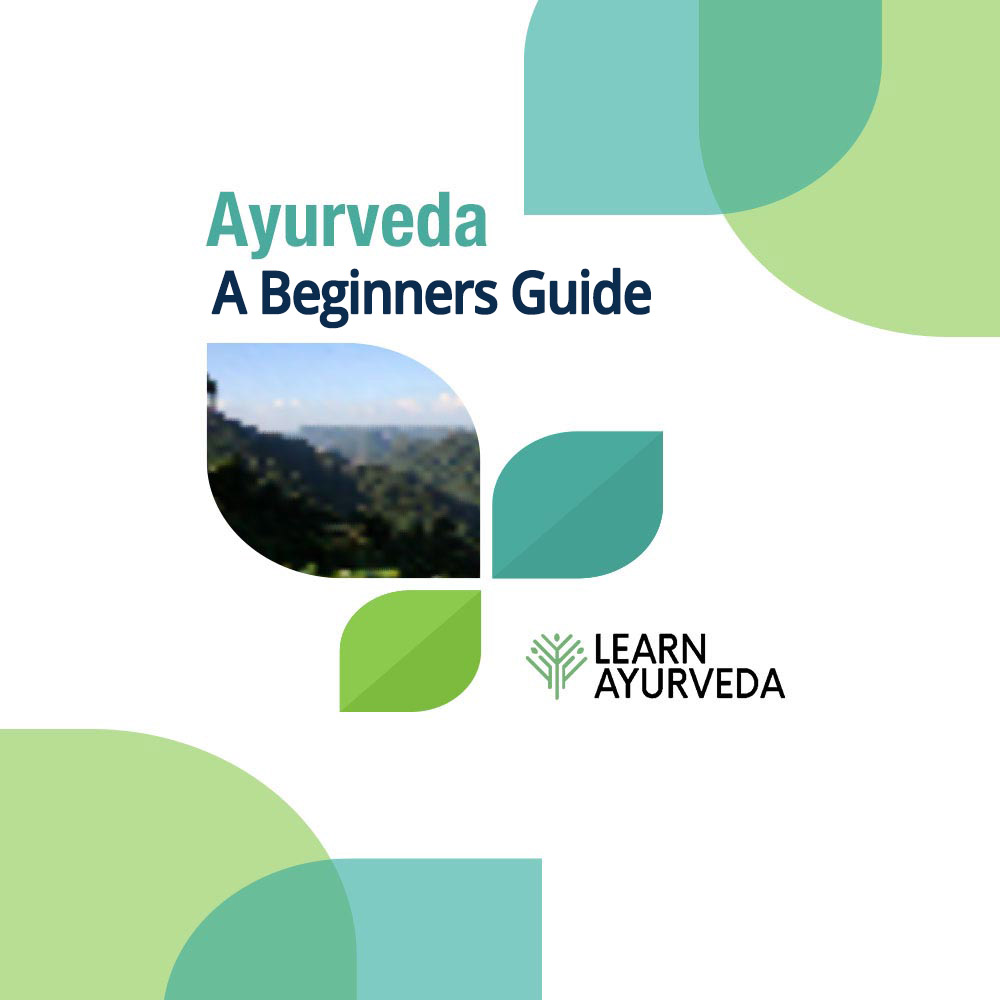Description
- Origin of ayurveda
- Specialties of ayurveda
- What the ayurveda means?
- What is health?
- Are you really healthy?
- A. Pancha mahabhuta (the five basic elements)
- B. Doshas (biological elements)
- 1) vata
- 2) pitta:
- 3) kapha
- Status of doshas in relation to time, seasons & age
- C. Dhatus (basic tissues)
- D. Malas (waste products / excretas)
- E. Agni (biological fire)
- The process of ‘ama’ production
- How to manage the destructive ama
- Ayurvedic prakriti (constitution)
- Health is the way to achieve what you desire
-
Three supporting pillars of life & health
- Rasayana
- Historical review
- Vedic kala
- Upanishad
- Ramayana kala
- Mahabharata kala
- Samhita kala
- Charaka samhita
- Sushruta
- Kashaypa samhita
- Bhel smhita
- Astanga - samghra and astanga - hridaya
- Chakradutta
- Sarangadhara samhita
- Bhavaprakasha
- Yogaratnakara
- Rasa
- Ayana
- “rasasya ayanam rasayanam”
- Definition of rasayana
- Properties of rasayana
- 1) according to mode of administration
- A) kutipraveshika rasayana
- B) vatatapika rasayana
- 2) according to dalhana
- (a) kamya rasayana
- (b) naimittika rasayana: (immunity promoter)
- (c) ojasrika rasayana
- 3) samshodhana and shamshamana rasayana
- A) samshodhana rasayana
- B) samshamana rasayana
- 4) achar rasayana
- 5) miscellaneous rasayana
- Kutipravesika rasayana
- Description of the kuti
- Indication of kuti
- Factors to be considered for the therapy
- Admission into the kuti
- Shodhana prior to rasayana
- Duration of the treatment
- Rules for coming out of kuti
- Management of complications
- Kuti praveshika rasayana is best
- Etymology
- Indications and contraindications for rasayana
- Indications (yogya)
- Contraindications (ayogya)
- Age and rasayana
- Time for rasayana
- Dosages of rasayana
- Collection of the drug for the rasayana
- Avaleha or leha and paka Definition
- Method of preparation
- Steps:
- Characteristics
- Preservation and storage
- Special method of preparation
- Dosage
- Anupana
- Important therapeutic use






